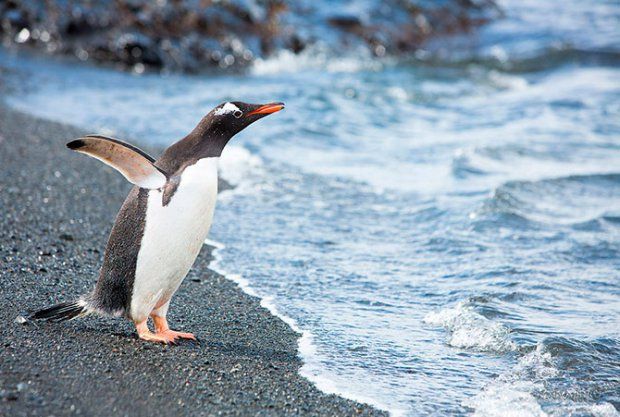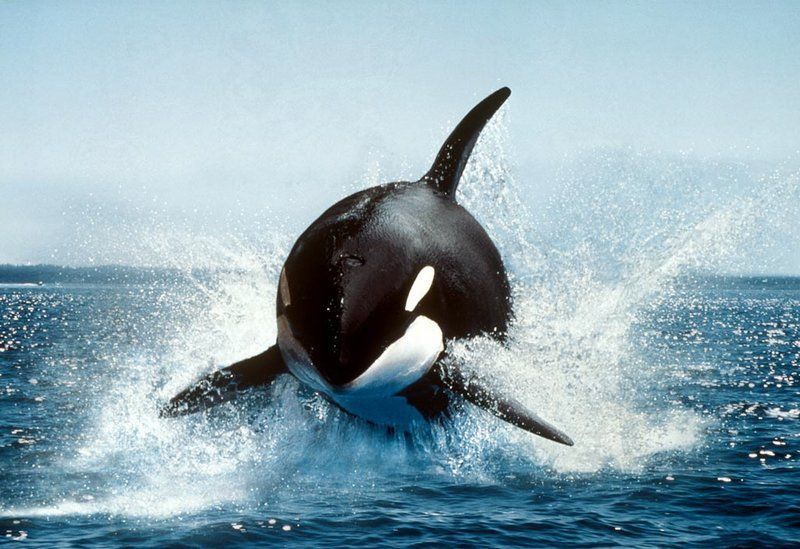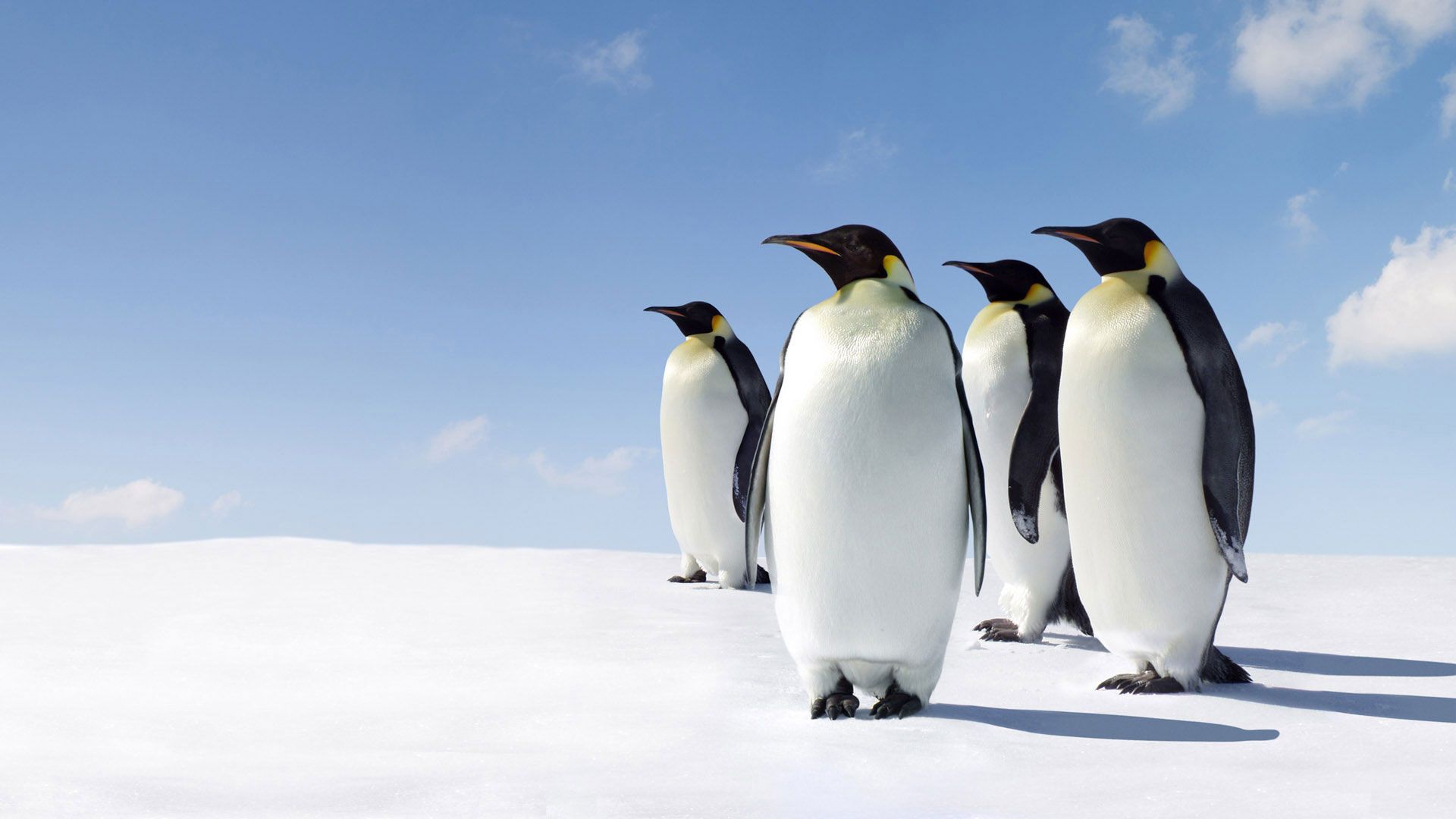Animals that live in water
The aquatic environment is the cradle of all life on our planet. Nature has provided aquatic animals with all sorts of devices for their movement.
Now we want to identify some types and mechanisms of their movement.
Many waterfowl; for example: duck, goose, swan, movement on the surface of the water occurs due to the difference in resistance when moving the legs in different directions. The membranes on the feet of waterfowl are used like oars.
When the paw moves forward, the membrane folds, the resistance of the water decreases, as a result of which the waterfowl move forward.
In addition to waterfowl, water striders move along the surface of the water. The four pairs of legs of these insects are not wetted by water because they are covered with a waxy coating.
The water strider rests on the water only with the end segments of its widely spaced legs. Pushing off from the water, water striders seem to glide along its surface with swift, low jumps.
Representatives of the animal world of the seas and oceans - deep-sea sharks do not have a swim bladder.
The density of a shark is greater than the density of water, so they cannot sleep. To avoid drowning, sharks sleep in fits and starts, afloat, slowly moving their tails and forcefully pushing water out of their gill slits with jet thrusts.
Like jet planes and rockets, the sea jellyfish also uses jet propulsion. Jellyfish is another very beautiful representative of marine fauna.
The body of jellyfish is always transparent and very tender, gelatinous. The sizes of jellyfish are very diverse. With the help of contractions of their umbrella, jellyfish can swim quite quickly. The edge of the jellyfish's umbrella, contracting, is pressed against its mouth proboscis and the water is forcefully pushed back from under the umbrella. At the same time, the animal receives a reactive push and moves forward.
When swimming in the sea, you need to be very careful not to step on echinoderms. These are starfish, urchins, cucumbers. Echinoderms live in the sea at various depths. Their method of movement is interesting due to the difference in hydrostatic pressure. The thin, hollow and elastic legs of echinoderms swell as they move.
Pump organs pump water into them under pressure. The water stretches them, they stretch forward, sticking to the rocky bottom. The sucked legs compress and pull the echinoderms forward. Then the water is pumped to the other legs, and they move on. For example, the average speed of movement of a sea star is 10 meters per hour.
Reactive movement is also characteristic of cephalopods: mollusks, octopuses, squids, cuttlefish - representatives of the animal world of the seabed.
With the jet swimming method, the animal sucks water inside, and the movement is created by throwing out a stream of water through a narrow nozzle, which is equipped with a special valve, and the muscles can turn it in the desired direction.
One of the most amazing properties of water is its ability to form an extremely strong surface tension film.
Mosquito larvae, which live in water but do not have gills, are suspended from the surface of the water with the help of special non-wettable bristles surrounding their respiratory organs. They breathe using a tube that protrudes slightly above the surface of the water.
Insects that quickly swim belly up are often found in the water column of standing reservoirs. These are smooth water bugs, whose short body is slightly compressed from the sides, and whose hind legs are like long oars with a rowing blade set far apart. The smoothie is lighter than water, so if it doesn’t float, it floats up. Here it can hang under the surface film or slide along it, moving its hind legs. Bedbugs are predatory animals; they are found in stagnant waters almost all over the globe.
Dragonfly larvae live in water for more than a year. They breathe through gills and move through the water using jet thrusts.
In our cartoon we tried to show and explain some types of movement of the inhabitants of aquatic fauna.





No comments here yet.